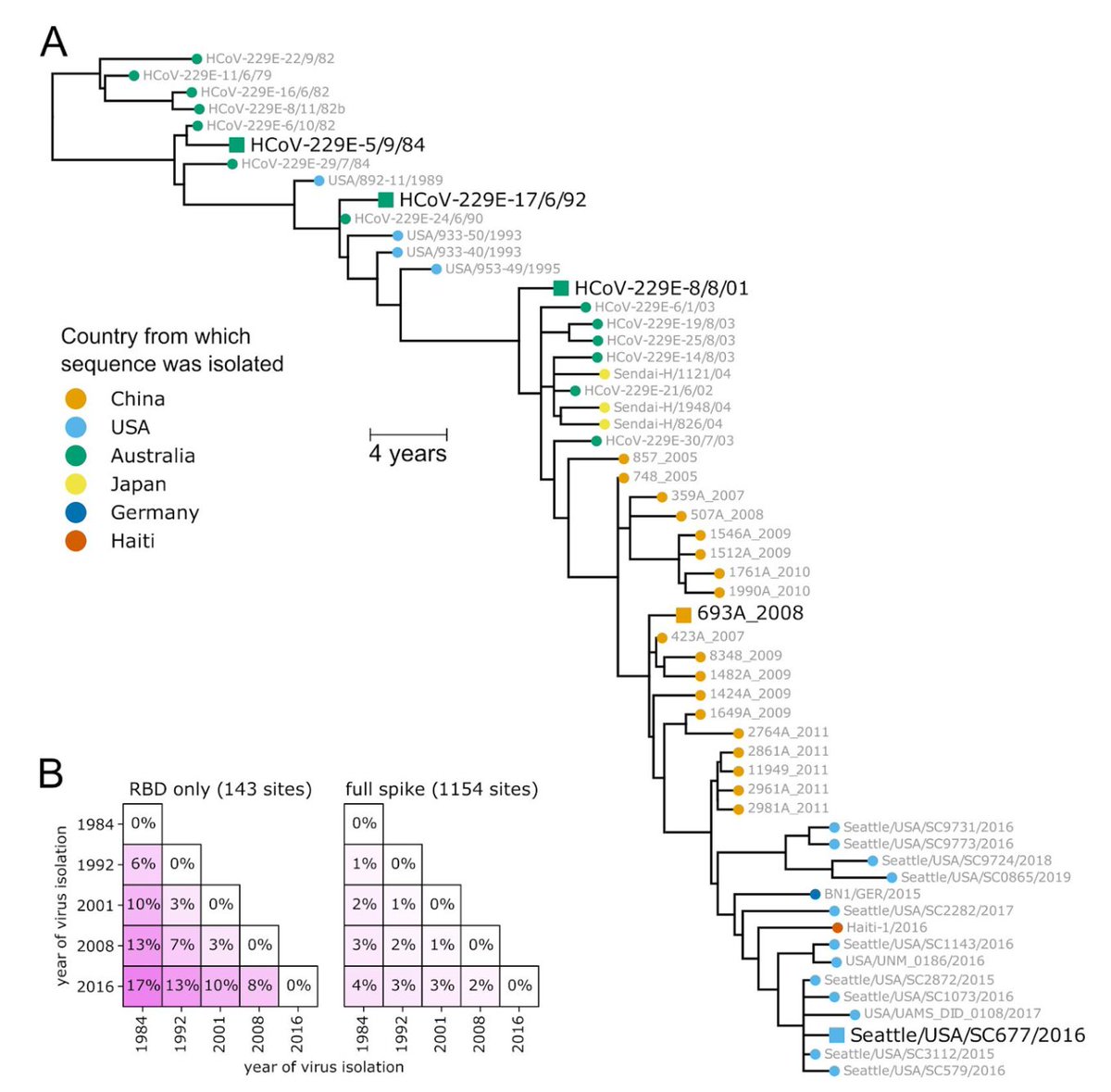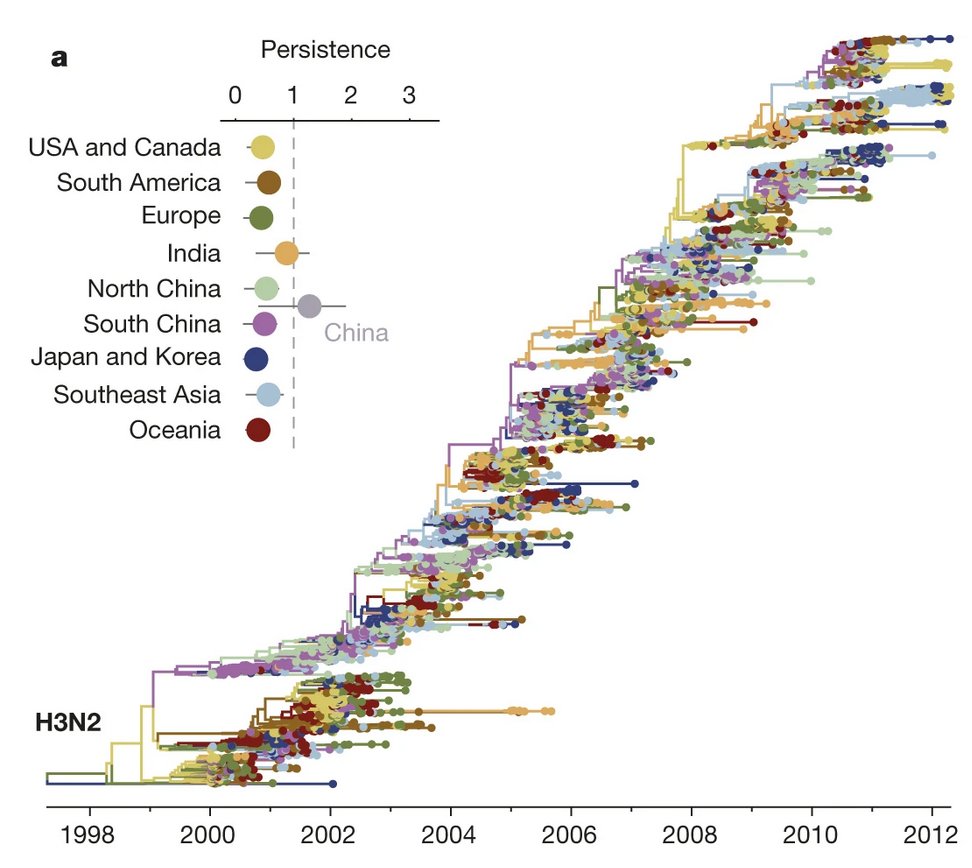
The debate around tracking infection/vaccine status for events is reminiscent of last year’s debate around privacy & contact tracing apps. Ultimately, the better countries' ability to track where infection is/isn’t, the lower their COVID risk will be. 1/
If people don’t want to collect/use data in this way, they need to accept the trade off will be a higher COVID risk in the community (or more disruptive measures to prevent that risk). 2/
Many countries have implicitly chosen to introduce stay-at-home orders or live with higher numbers of cases rather than use detailed surveillance (e.g. to identify infections linked to superspreading events or enforce quarantine). 3/
You might agree with that trade off, you might not, but it’s a choice that will need to be made and it’s not helpful to pretend otherwise. 4/4
• • •
Missing some Tweet in this thread? You can try to
force a refresh




